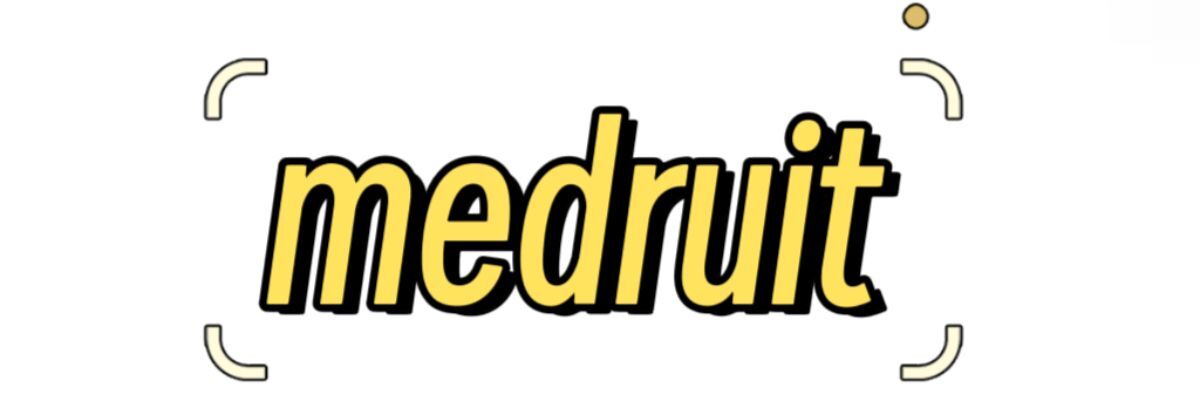Key Questions to Ask When Choosing Eco-Friendly Packaging Solutions
As more businesses pivot towards sustainability, understanding eco-friendly packaging solutions becomes crucial. Here are key questions to consider when choosing the right packaging solutions, backed by comprehensive statistics.
1. What Materials Are Available?
Different materials serve various packaging needs. Common eco-friendly options include:
- Bioplastics: Accounts for 0.2% of global plastic production (European Bioplastics, 2021).
- Recycled Paper: The recycling rate for paper and cardboard is about 75% worldwide (Paper and Paperboard Packaging Environmental Council, 2021).
- Glass: Recyclable glass can be reused indefinitely, with recycling rates around 33% in the U.S. (EPA, 2020).
2. Is the Packaging Sustainable?
To evaluate sustainability, consider these factors:
- Renewability: Materials like bamboo and some bioplastics come from renewable sources, which makes up around 50% of all bioplastics sourced from renewable materials (European Bioplastics, 2021).
- Lifecycle Analysis: Studies show that eco-friendly packaging can reduce carbon footprint by up to 50% compared to traditional plastic (Nature Communications, 2020).
3. Are the Suppliers Certified?
Certification ensures authenticity. Look for:
- FSC (Forest Stewardship Council): Over 60% of all paper products in Europe bear this certification (FSC, 2021).
- Cradle to Cradle Certification: Products with this certification have a comprehensive sustainability evaluation, and about 2,300 products are currently certified (Cradle to Cradle Products Innovation Institute, 2021).
4. What Is the Packaging’s Biodegradability?
Understanding how quickly packaging breaks down is essential for environmental impact. Key statistics include:
- Packaging products labeled as biodegradable can break down in 3-6 months under industrial composting conditions (Biodegradable Products Institute, 2021).
- Non-biodegradable plastics can take hundreds of years to decompose (National Geographic, 2019).
5. What Are the Costs?
Eco-friendly solutions can sometimes be more expensive. Consider these insights:
Related links:How to Choose Eco-Friendly Products?
- The cost of recyclable packaging can be 10-20% higher than traditional options (Smithers Pira, 2021).
- However, reusable packaging systems can save businesses up to 45% in costs over time (McKinsey & Company, 2021).
6. How Will Customers Perceive My Brand?
Incorporating sustainable practices can bolster brand loyalty:
- According to a Nielsen report, 66% of consumers are willing to pay more for sustainable brands (Nielsen, 2018).
- Over 75% of millennials are willing to switch to brands committed to sustainability (Accenture, 2020).
7. Are There Regulations to Consider?
Stay ahead by knowing the regulations affecting packaging materials:
- The European Union's Single-Use Plastics Directive aims to reduce marine litter, affecting over 10 single-use plastic products (European Commission, 2019).
- California's law on plastic packaging mandates that 75% of all packaging must be recyclable or compostable by 2030 (California Department of Resources Recycling and Recovery, 2021).
8. How Will Packaging Impact Transportation Costs?
Consider how packaging choices affect logistics:
- Optimized packaging can reduce shipping costs by around 20% (Logistics Management, 2020).
- Lightweight materials can contribute to up to 15% savings in transportation costs (DHL, 2021).
Choosing eco-friendly packaging is not just about compliance; it's about meeting customer expectations and reducing environmental impacts. By asking these key questions, businesses can make informed decisions that foster sustainability while enhancing brand value.
If you are looking for more details, kindly visit eco6, portable ultrasound for healthcare professionals, pocket ultrasound machine.

